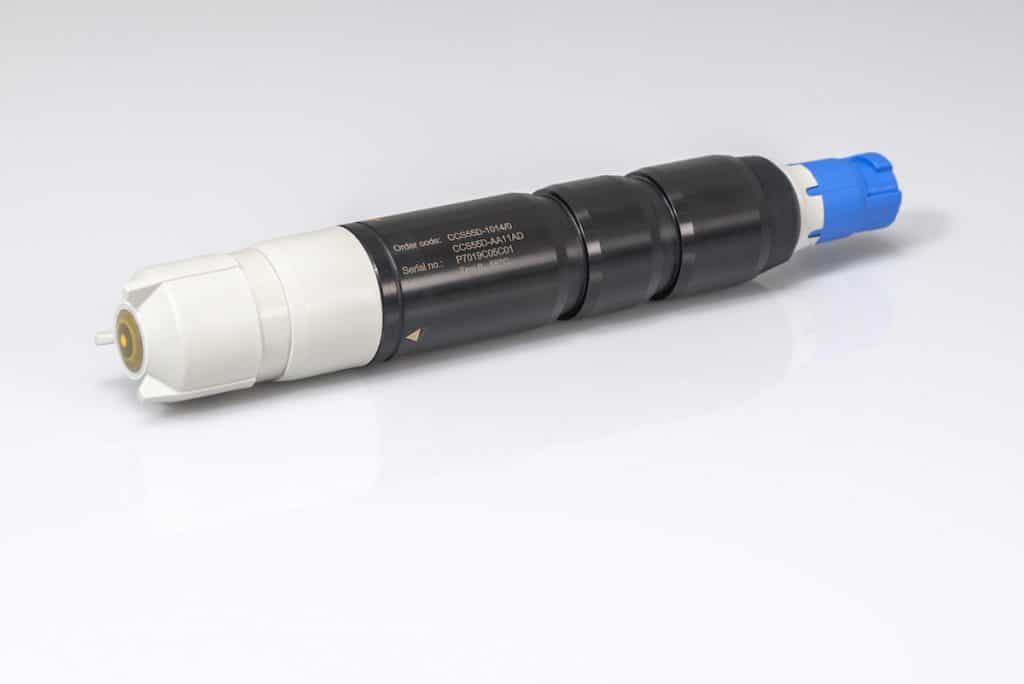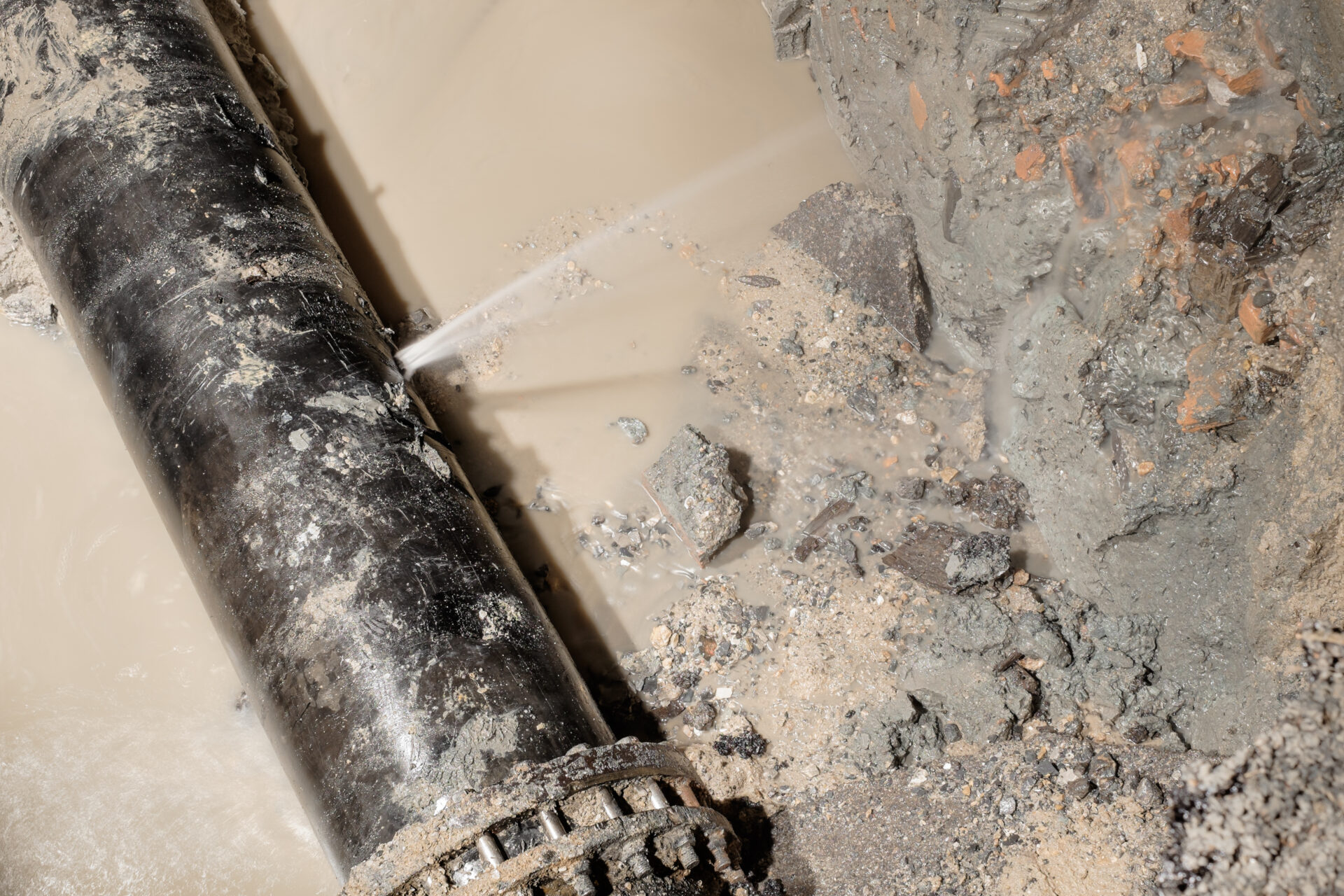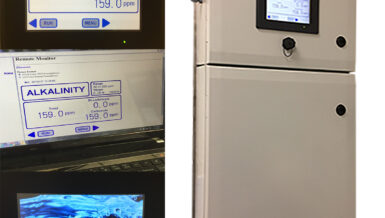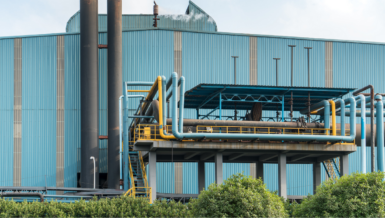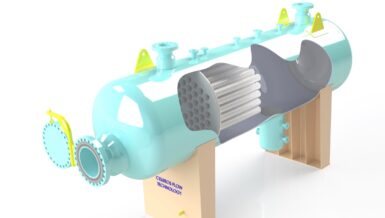With the ever-grow
With the ever-growing demand of water worldwide, the use and preparation of seawater is becoming increasingly important. Apart from desalination, systematic disinfection is an essential step in this water treatment and legally required in many areas to protect people and systems from illness or damage. However, high doses of disinfectants such as free bromine can be toxic, which means compliance with limit values for those disinfectants is also very important. The Memosens CCS55D free bromine sensor helps to achieve a safe and efficient disinfection in seawater by providing stable and fast measured values.
Free bromine disinfection is becoming popular for seawater applications such as desalination plants or fish farming because it is less prone to measurement and dosing errors in these applications than disinfection with free chlorine. In addition, free bromine shows a potent disinfection effect in higher pH ranges which makes it suitable for many cooling water applications. In swimming pools, free bromine is used in thermal spas due to the salinity of the water, but it is also gaining popularity in all swimming pools since it does not form odorous compounds when combined with ammonium.
The Memosens CCS55D free bromine sensor delivers precise bromine values in all these applications. Thanks to its extremely fast response time, it helps plant operators run their disinfection processes on tight limits and even provides correct information on the disinfection of seawater if free chlorine is used as disinfectant. Disinfection with chlorine forms bromine compounds when used in seawater. That is why chlorine monitoring would lead to measurement errors, underestimating the disinfection effect.
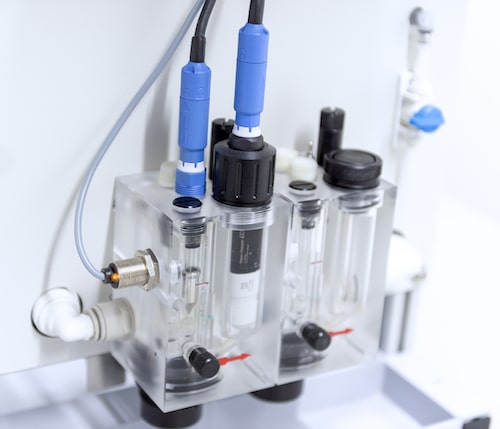
Safety by long-term stability
The sensor’s convex membrane prevents soiling and avoids the accumulation of air bubbles. Ultrasonic welding of the membrane to the sensor cap ensures its integrity, preventing dilution of the electrolyte and thus a drift of the measuring signal. This guarantees long-term measurement stability and gives water plant managers the security that the disinfection process is running smoothly and the required disinfection results are achieved.
Increased process uptime
The free bromine sensor is equipped with the proven Memosens technology. Memosens allows for direct commissioning of new sensors without further calibration. During continuous operation, plant operators can pre-calibrate sensors in the lab, swap them into the process with plug & play, and thus continue measuring faster. Finally, non-contact data transmission eliminates all measurement errors or even failures caused by humidity or corrosion.
Seamless integration of additional measurements
In the lower pH range, the disinfection effectivity of free bromine depends on the pH value. To compensate for this dependency, it is important to integrate a pH measurement into disinfection processes with free bromine. Memosens CCS55D is connected to the Liquiline multiparameter transmitter that can serve up to 8 sensors simultaneously. The Flowfit CCA250 flow assembly offers mounting space for a simple installation of the additional pH sensor and an additional conductivity sensor that is often required to determine the water’s degree of salinity.



